Connecting “things” to the Internet and enabling sensing and remote control, data gathering, transmission, and analysis improves many areas: safety and quality of life, healthcare, manufacturing and service delivery, energy efficiency, and the environment. The concept of the Internet of Things (IoT) is quickly becoming… Read More
Semiconductor Intellectual Property
5 Rules of Power Management Using NoCs
If it has escaped your notice that power management on SoCs is important then you need to get out more. Increasingly, the complexity of the interconnect between the various processors, memories, offload processors, devices, interfaces and other blocks means that the best way to implement it is to use a network on chip (NoC). But… Read More
Raptor Image Signal Processor
This fall there seems to be a bumper harvest of cores. Today Imagination Technologies announced their latest core for image signal processing. Like all of their cores, it is designed to be part of an SoC and is designed to work with other Imagination cores to build a complete image processing system. In particular, it is designed … Read More
Android Kit Kat Openly Preaching for DSP offloading
In fact KitKat advocates low-power always-on functionality, and this is essential for contextual-awareness. Always-on functionality is saving battery life, which seems to be weird at first: if your phone is always-on you would expect it to consume much power… But always-on goes together with screen-off (the screen is a high… Read More
Can Intel Compete in the IoT?
Kevin Ashton, a British technology pioneer, is credited for the term “The Internet of Things” to describe an ecosystem where the Internet is connected to the physical world via ubiquitous sensors. Simply stated: rather than humans creating content for the internet IoT devices create the content. To be clear, this… Read More
nVidia: Virtual Platform/Emulation Hybrid
I was the VP marketing at VaST Systems Technology and then at Virtutech. Both companies sold virtual platform technology which consisted of two parts:
- an extremely fast processor emulation technology that actually worked by doing a binary translation of the target binary code (e.g. an ARM) into the native instruction set of the
Synopsys Creates a High-performance ARC Core
ARC is a family of configurable processors. Originally it was a standalone company in the UK (what is it with the UK and processor cores?) spun out from Argonaut Software. The A in ARC stood for Argonaut originally. ARC International was acquired by Virage and then Virage was acquired by Synopsys so now it is part of Synopsys Designware… Read More
GlobalFoundries and ARM
GlobalFoundries had several interesting things at the ARM TechCon last week. Firstly, GlobalFoundries won the best in show award in the chip design category recognizing the best-in-class technologies introduced since the last TechCon.
Earlier in the summer GlobalFoundries and ARM announced the ARM Cortex-A12 processor,… Read More
Fabless: The Transformation of the Semiconductor Industry
As I have mentioned before, Paul McLellan and I are writing a book on the history of the fabless semiconductor industry. There is a preview available HERE, it will initially be sold as an e-book on SemiWiki and put into print early next year. Working with Paul McLellan and Beth Martin on this was an amazing experience. The research,… Read More
SEMICO Impact 2013 Next Wednesday
Semico’s IMPACT 2013 IP event is next Wednesday November 6th at the DoubleTree Hilton in San Jose.
Here’s what you get if you attend. Keynotes from:
- Kurt Shuler of Arteris. Give him some hard questions about Qualcomm who have just acquired their technology and engineering team
- Chris Rowen of Tensilica, recently acquired


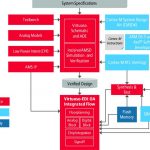
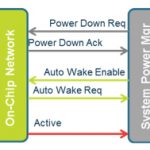



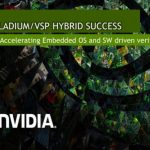
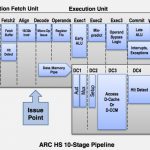

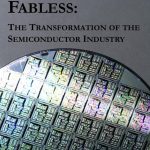
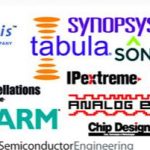
Flynn Was Right: How a 2003 Warning Foretold Today’s Architectural Pivot